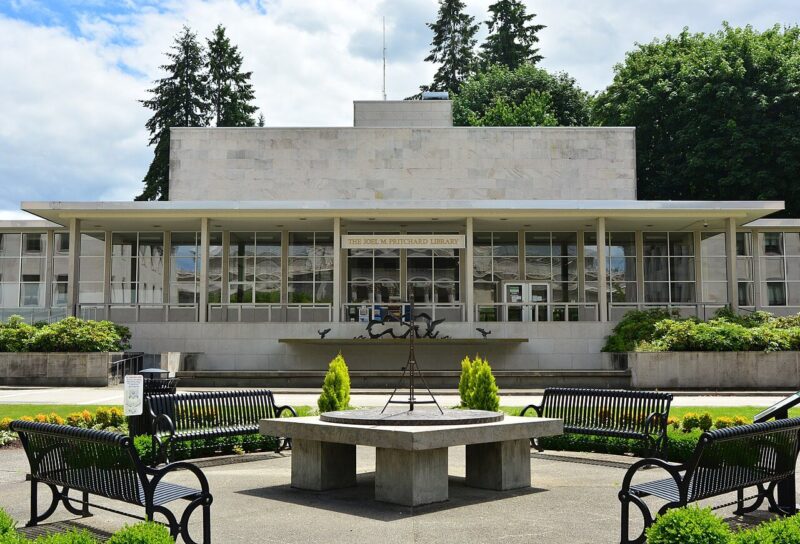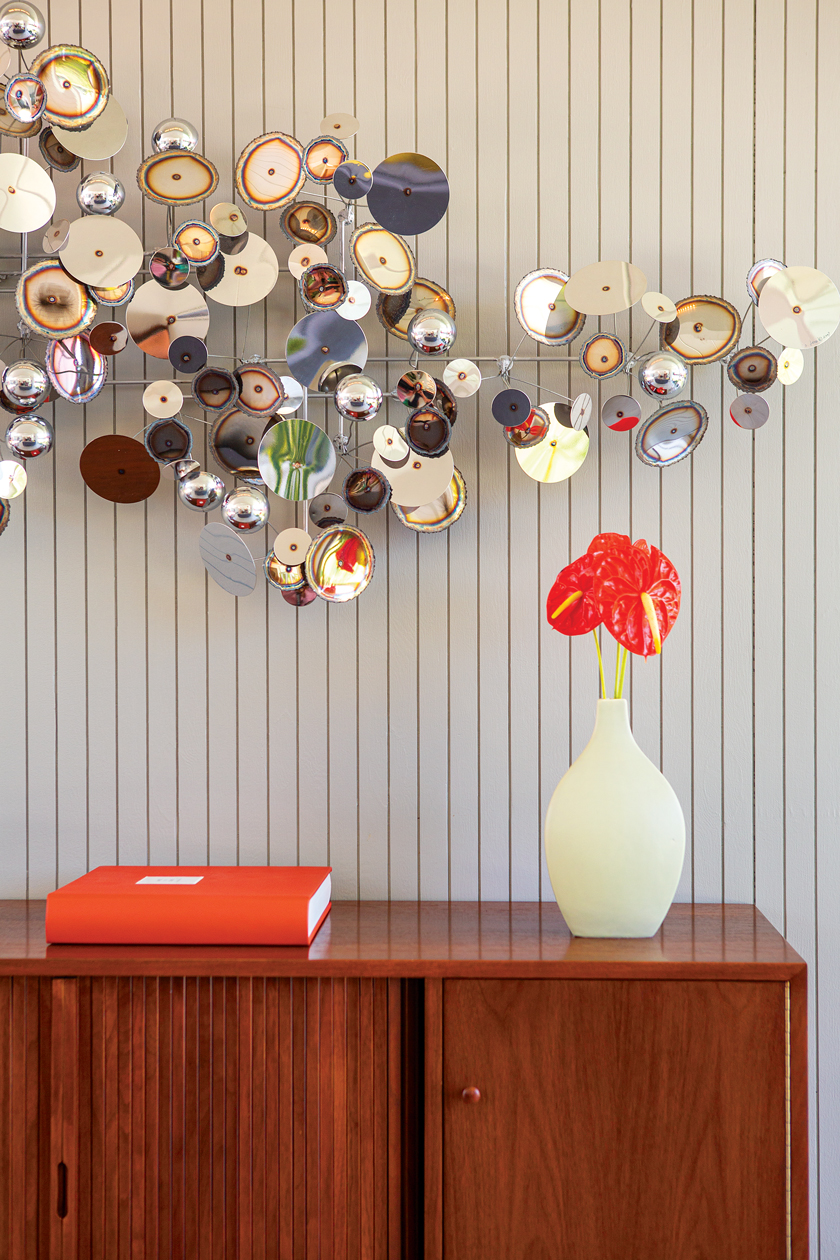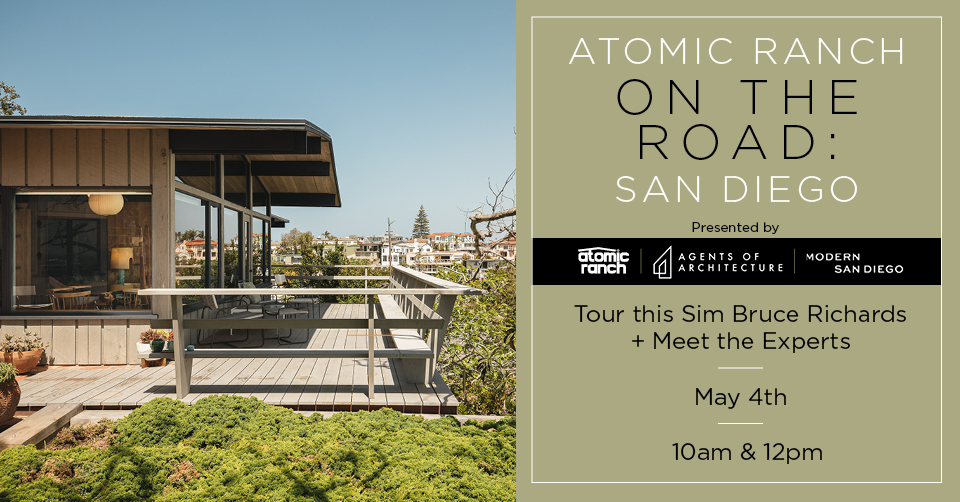If you are visiting downtown Seattle, you will no doubt gravitate toward the iconic Space Needle at Seattle Center. Another prominent building nearby that will catch your eye is the Climate Pledge Arena with its distinctively-shaped roof. This striking building is perhaps the most famous work by architect Paul Thiry, sometimes called the “father of Pacific Northwest modernism.”
Groundbreaking Modernism Inspired by International Influences

When Paul Thiry was first studying architecture, he was doing so within the Beaux Arts school. If you look at his oldest works, you might hardly recognize them as Thiry structures. With their Colonial Revival and French Norman influences, they look quite traditional.
It was when the Great Depression hit that Thiry ventured onto a new path, beginning with a visit to the Chicago Century of Progress International Exhibition. This experience opened his eyes to fresh possibilities. This was where he learned that “form had to follow function, and design had to show structure.” After that, he headed to Japan, where he picked up on design elements that would help to inform the more international approach he would take to architecture.
Indeed, he traveled abroad for months and also spent time on the East Coast of the USA before he went back to Seattle. From the late 30s onward, his new designs began pushing the boundaries of what locals had come to expect from residential and public design.
Not Just a Room, But a Thousand Rooms

Thiry was deeply practical in his philosophy of architecture. At one point, speaking of his approach to design, he said, “I don’t do it as a style; I do it for what the so-called style accomplishes.”

He believed that architects had a duty to improve living conditions for human beings. As he said, “It is the privilege of the architect to provide man with environment. It is singularly his duty to look at situations objectively … because architecture is the direct result of man’s occupation of space. It would seem significant that architecture is of prime importance to the lie of man and that it is his inseparable companion, for surely without it, he reverts to the primitive state.”
One fascinating aspect of Thiry’s approach is that it was grounded in a field of possibilities. Thiry focused on not just a room, but on the myriad ways that room could be experienced depending on the particulars of each moment.
Speaking to historian Meredith Clausen, he explained, “I thought of the moon and the shadows it would make. You think of gray days, you think of rain, you know, as an atmosphere. You have to think of shadows different objects cast — the leaves, the branches of the trees … And if you design a room with the full consideration for all of the aspects of environment, why, you don’t really design one room, you design a thousand rooms within a single room.”
Famous Works by Paul Thiry

It took a while for Paul Thiry’s Pacific Northwest modernism to take off. Indeed, it was not until 1940 that he really caught the public eye. That year, The Modern House in America featured his 1937 Frank J. Barrett residence.
Some of his other noteworthy works included his own residence, built in 1935-1936, the Thiry Architectural Office in 1946, the Museum of History and Industry in Seattle in 1952, Regents Hill at Washington State University that same year, the Frye Art Museum also built that year, and the Washington State Library, constructed in 1959 (pictured above). In fact, the Washington State Library is endangered. Read our full post about the situation.

But what Thiry is most famous for is the role he played in the Seattle World’s Fair, also called the Century 21 Exposition. For this “world within a world,” he designed his iconic Washington State Pavilion. Later, the arena’s name changed to Key Arena, and then to Climate Pledge Arena.

But his arguably even greater accomplishment was supervising the project to transform the site of the fair. He coordinated with Lawrence Halprin, Robert Dietz, Minoru Yamasaki, John Graham Jr., Paul Kirk, and others. The project started in 1955 and concluded in 1962. Many of the structures still stand today.
Indeed, Paul Thiry helped to redefine Seattle’s skyline. Moreover, he helped to transform Pacific Northwest architecture and city planning, pulling them into the future.
Be sure to check out our post about the Seattle World’s Fair to discover more. You can also follow us on Instagram, Facebook and Pinterest to find out more about Pacific Northwest modernism.













